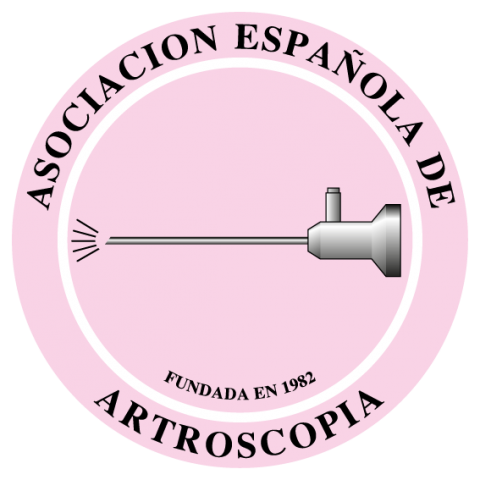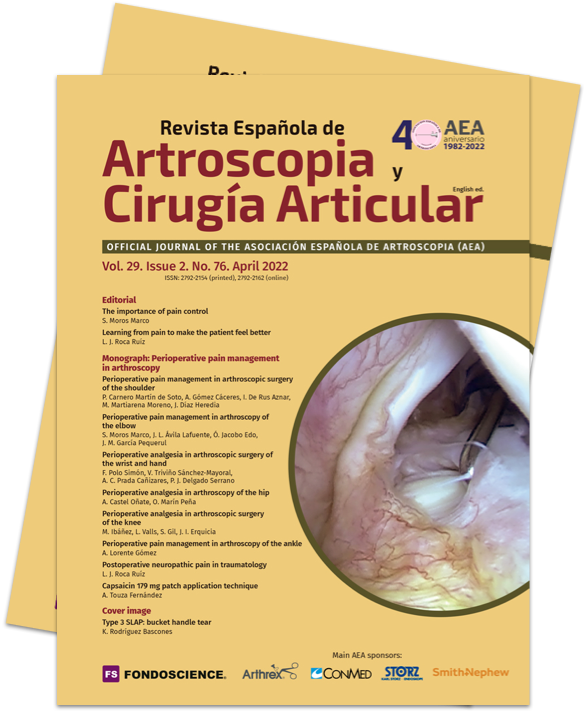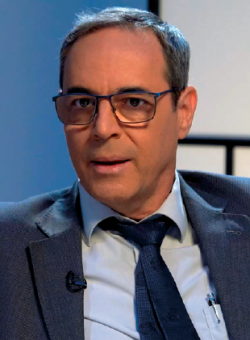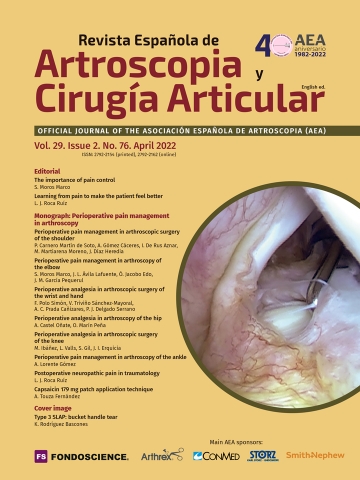Pain has always formed part of human life. In the words of Miguel de Unamuno (1864-1936): "Pain is the substance of life and the root of personality, because only by suffering are we human". However, in certain moments pain no longer serves as an ally or for forging character, and becomes an enemy that reduces humans to despair and darkness: “Pain, provided it does not become a hangman, is a great teacher” (Concepción Arenal, 1820-1893).
We now know that peripheral sensitisation and central sensitisation cause the transformation of pain-symptom into pain-disease.
Neuropathic pain is very common and has a range of aetiologies: traumatic (surgery), degenerative, rheumatological, infectious, etc., and in some cases even has no apparent underlying cause.
A correct diagnosis is essential. Sun Tzu (722-481 B.C.), in The Art of War states: "If you know the others and you know yourself, you will not be in danger in a hundred battles; if you don't know the others but know yourself, you will lose one battle and win another; if you don't know the others and don't know yourself, you will be in danger in every battle". We only diagnose what we know.
It is necessary to identify allodynia and hyperalgesia as guides towards the diagnosis of neuropathic pain; it is an obligation and moral duty for the physician to be able to detect neuropathic pain and treat it. Healing, alleviating and — ultimately — offering consolation have for long been the noble function of our profession, which gives us so many good and bad moments. “It is not always in the hands of the physician to be able to heal the patient, for often the strength of evil prevails over all science and art” (Publius Ovidius Naso, 43 B.C.-18 A.D.).
Treatment should be multimodal and viewed from a multidisciplinary perspective.
Physicians will be good at their job if they treat the disease correctly — but excellence can only be achieved if the patient-person is treated correctly.
Traumatology seeks to restore function and provide relief from pain, to allow the person to feel whole again. In biological, psychological and social terms.
I hope that you may here find the tools to offer patients relief from perioperative pain, and that they may be useful to you in minimising postoperative neuropathic pain.
Dr. Luis Javier Roca Ruíz
Shoulder Unit. Department of Traumatology and Orthopaedic Surgery.
Hospital Universitario Virgen Macarena. Seville (Spain)





